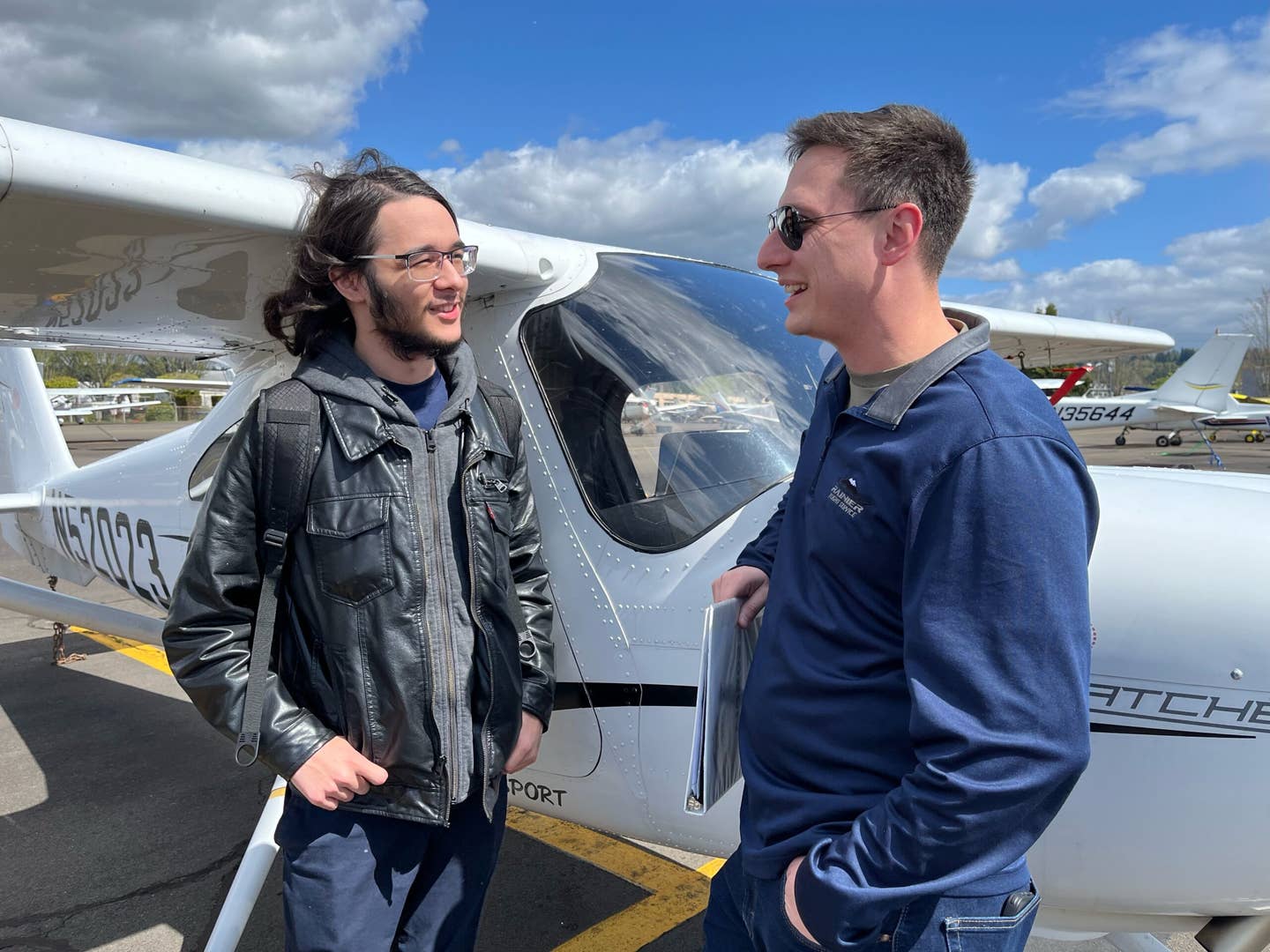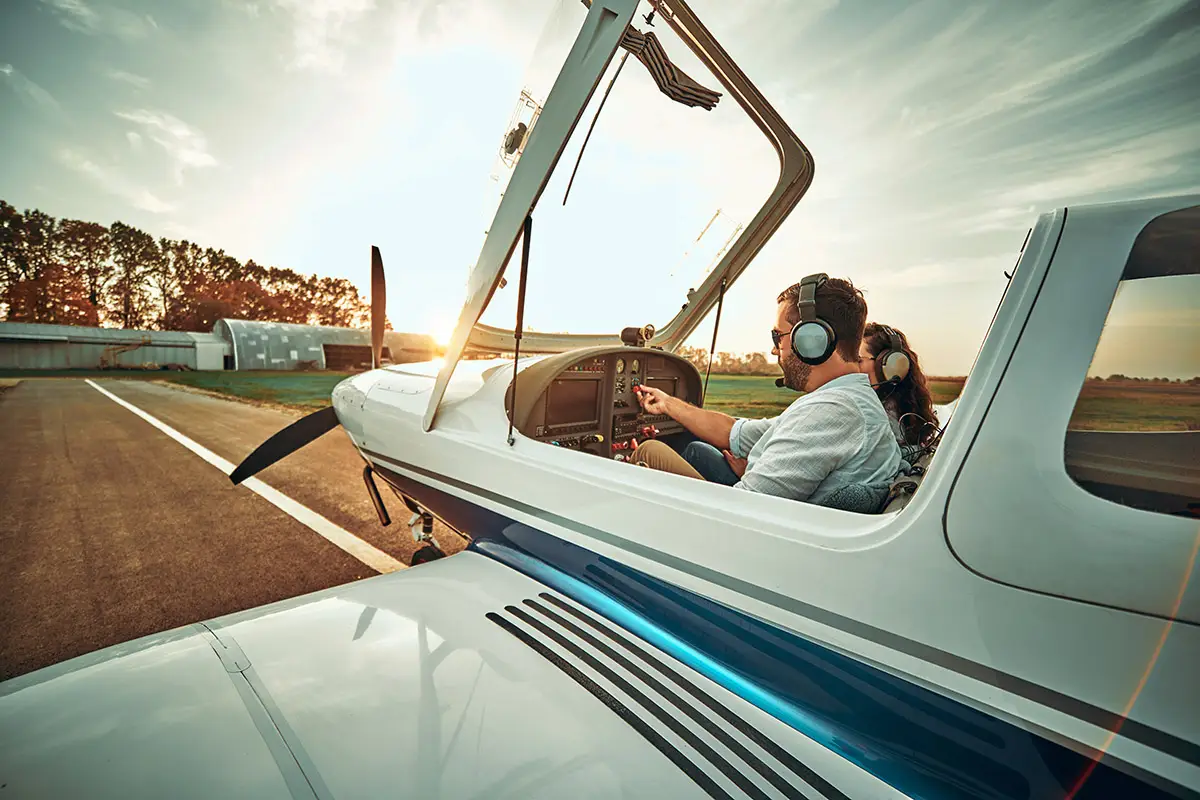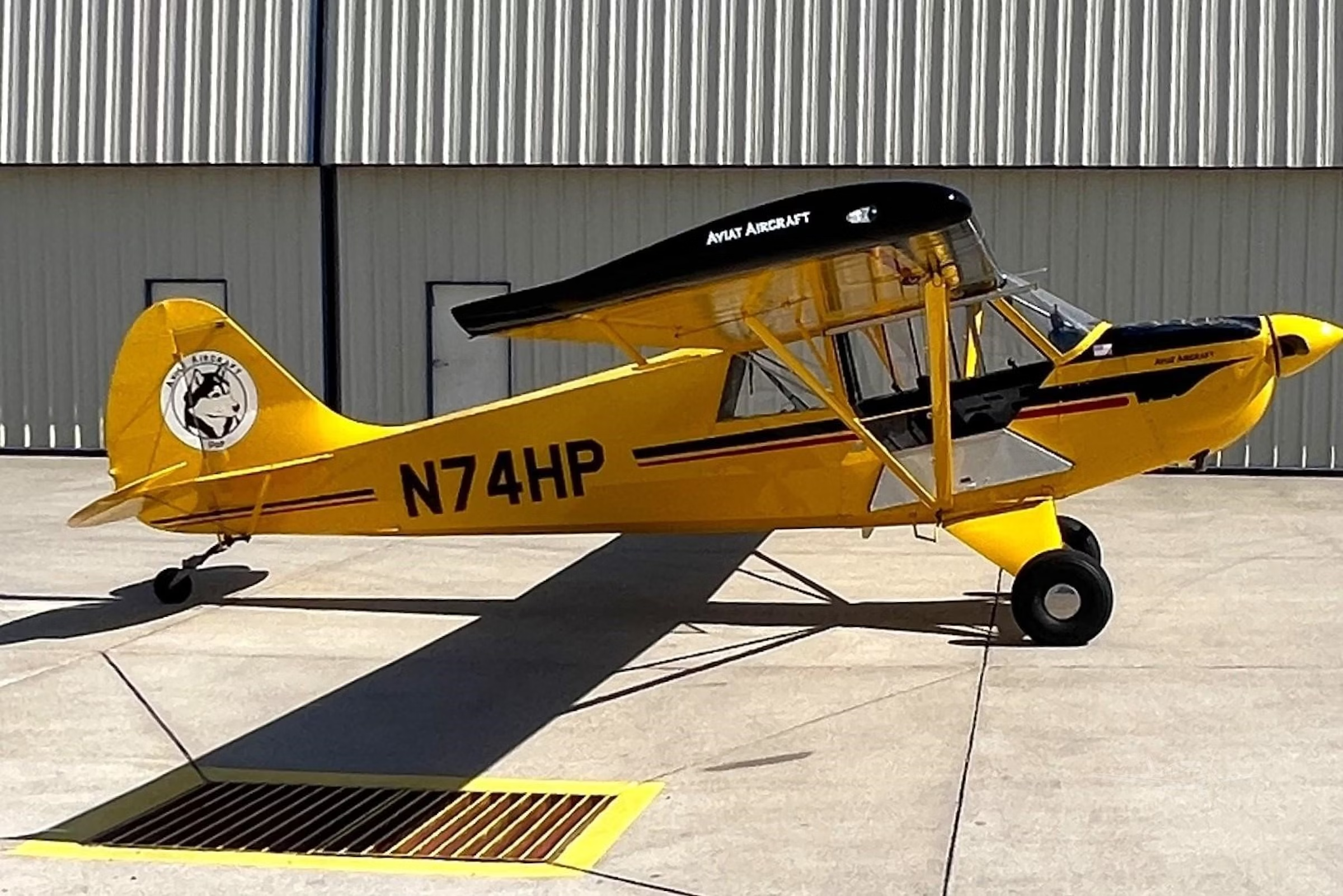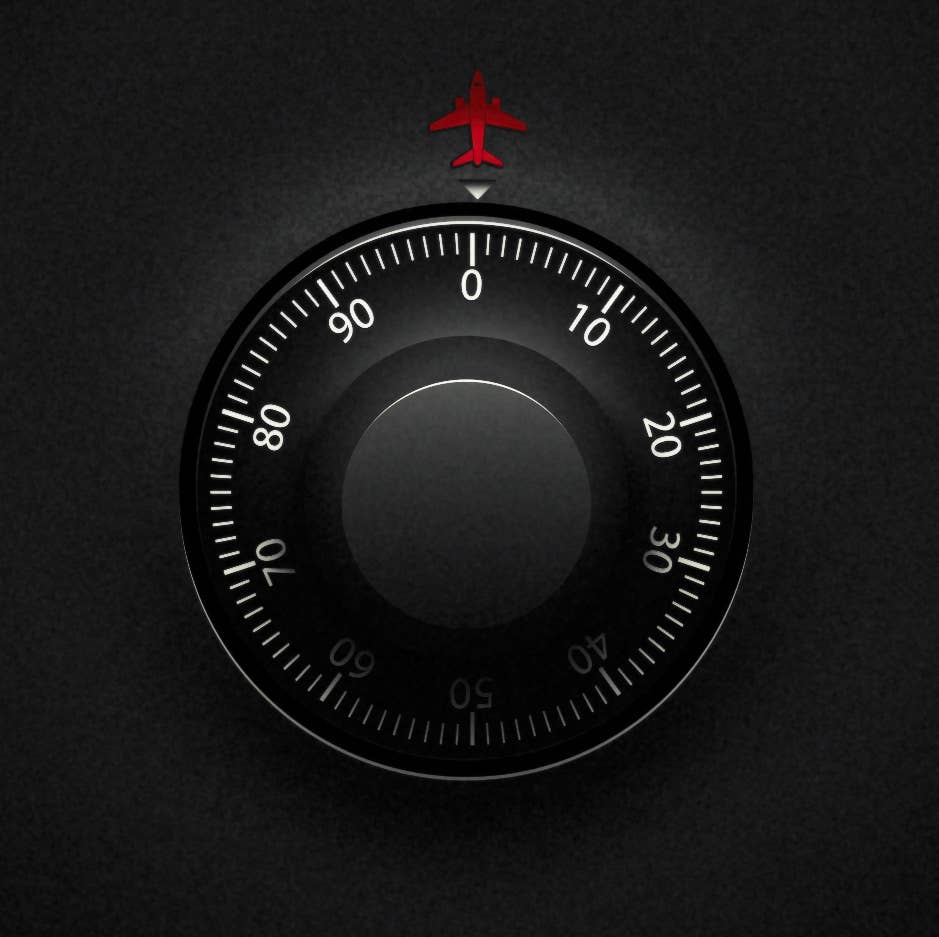There Is Definitely an Art to the Intro Flight
Moms, dads, and grads often enter the world of aviation this time of year.

A first flight can turn into pilot training. [Courtesy: Meg Godlewski]
Intro Flight Season approaches. From May to the end of June you can expect to see an increase in the number of moms, dads, and grads coming to flight schools for their first taste of aviation.
Here’s what to expect.
For the flight schools, when taking the reservation for the intro flight, make sure to get a contact number and the weight of the person who will be aboard with the CFI. Intro flights are often done in the least expensive aircraft the school operates (translation: the smallest), and if the customer is "of generous carriage," they may not fit in the aircraft, or you may need to reduce the fuel load to accommodate them.
The contact number is necessary in the event of a weather cancellation. Some people get mighty cross when they get to the airport and learn the flight has been canceled due to weather.
The customer will be eager to get into the air, but you don't want to rush the preflight inspection. If able, the CFI should do the preflight inspection before the customers arrive to determine if there are any issues.
When the customer gets there, take them through the preflight inspection with checklist in hand, knowing full well the aircraft is healthy and there will be no surprises.
Another method is to tell the customer you have already checked the fuel and oil levels, and now you will check the rest of the aircraft, referring to the checklist.
Prior to takeoff, brief the customer on the positive exchange of controls and advise that two hands on the yoke in a small airplane is not necessary and is only found in bad TV movies. Two fingers and a gentle touch, like holding a seashell, does the trick. Have them take the yoke or stick at 1,000 feet on climbout, but be ready to take the aircraft back if they try to do a video game move.
To introduce the customer to taxiing, the CFI can demonstrate the rudders and brakes then have the customer fold their arms on their chest and use the pedals to taxi while the instructor controls the throttle.
I claim the brakes as mine because the one thing the instructor cannot change are the laws of physics if the customer stomps on them. That is also why many flight schools insist the CFI perform the takeoff and landing because someone might hit the brakes or yank the yoke or stick back thinking it will make the airplane climb faster, not realizing that they are setting themselves up for a low altitude stall/crash.
These flights are usually about 30 minutes long and out of the pattern. The person receiving the gift flight does the flying under the watchful eye of a CFI.
Tips for Best Results
Use an AATD, if available for a lap on the pattern prior to the actual flight. It shows the customer what to expect and helps them get a better idea of what to expect. It takes all of six minutes to virtually fly the pattern.
If you use an AATD for the first part of the experience, when you get into the actual aircraft, point out the airspeed indicator, attitude indicator, altimeter, etc. that they just saw in the AATD.
If there is no AATD session prior to the flight, before engine start point to each relevant instrument and briefly explain what they do.
Watch the weather. While you may be OK with marginal VFR, turbulence, and winds 10 gusting to 18, chances are pretty good the customer won’t be if it is their first flight in a small airplane. If it is going to be bumpy, plan the route accordingly and warn the customer that it is “going to get a little bumpy because of thermals,” so they aren’t frightened.
Show them how to clear the area by scanning the sky and how to call out traffic when you see it. “I see an airplane” doesn’t help unless we know where it is in relation to our aircraft.
Keep an airsickness bag close by but out of sight. If they start looking green around the gills, hand them the bag.
Warn them not to look through the viewfinder of the camera if they are shooting video because that will give you motion sickness like nobody’s business.
If the client wants to take photos during the flight, ask them to let you know so you can take the controls of the aircraft while they do so.
The Radio
Make sure everyone has a headset. Let the client know you will handle the radio calls so they can focus on flying. The rule is when you hear someone else talking in the headset, you both go quiet. If you have passengers in addition to the client, let them know that you will be putting up your hand to signify they must be silent.
If the client is up to it, I coach them through some of the radio calls—especially the last one as we clear the active runway.
Where to Go
Over the town have them look for their house, their high school or college if appropriate, or a landmark that the area is known for.
My personal favorite is over Stadium High School in Tacoma, Washington, which was the location for the 1990s rom/com 10 Things I Hate About You. It looks like a castle, and I call it “Tacoma’s answer to Hogwarts.“ It is impressive from the air.
It is up to the CFI to keep an eye on the Hobbs meter and know when it is time to head back to the airport.
After the Flight
If the client had a good time, give them information about the process for becoming a pilot—and let them know that this first flight counts toward the 40 hours they need to be a private pilot.
This is also the time for the customer to pick up a logbook, since you don’t want to have to pay for hours twice. At my favorite flight school we made it a rule that the client should be the first person to write in their newly acquired pilot logbook. It is one of many aviation traditions and it gives them ownership of their training and just might be their first step toward a new career or hobby.
Flight schools often say they don’t make any money on intro flights. I disagree. If the CFI has done a good job and the customer enjoyed the flight and feels welcome at the school, that $200 or so hour can translate into a $6,000-$10,000 investment—and a new pilot is welcomed into the fold.

Sign-up for newsletters & special offers!
Get the latest FLYING stories & special offers delivered directly to your inbox






